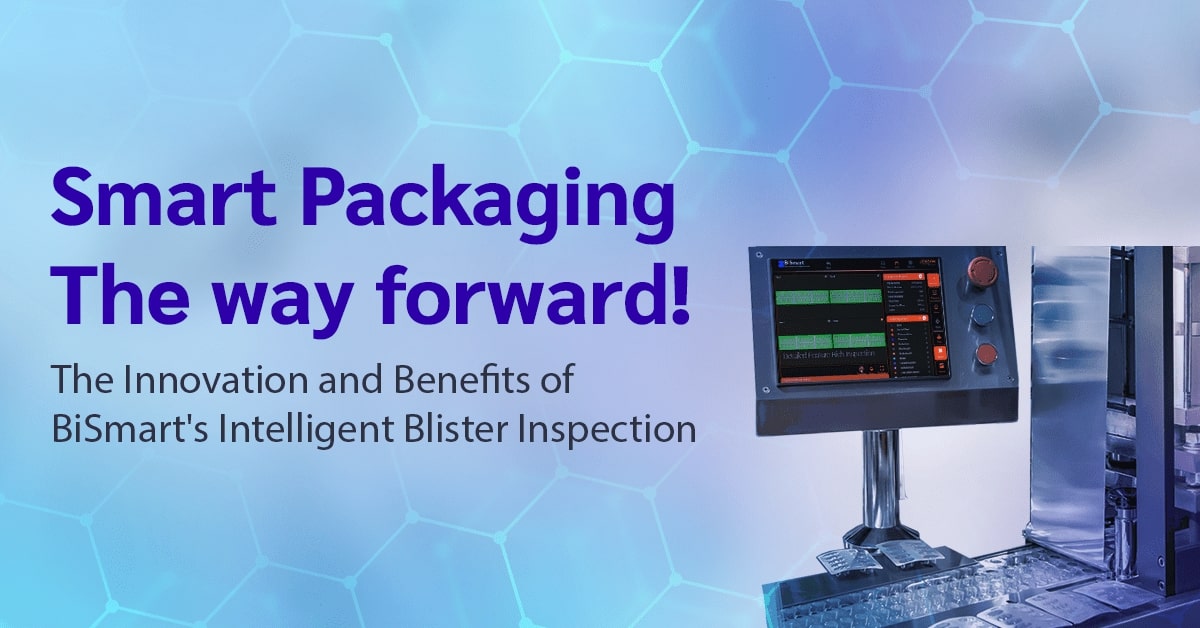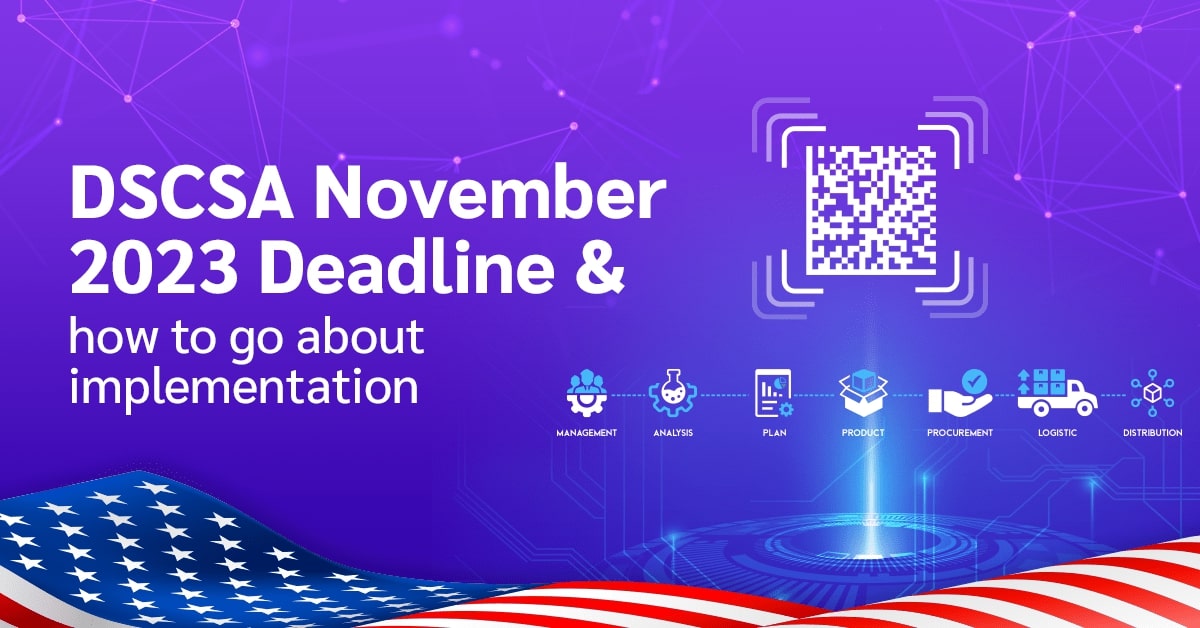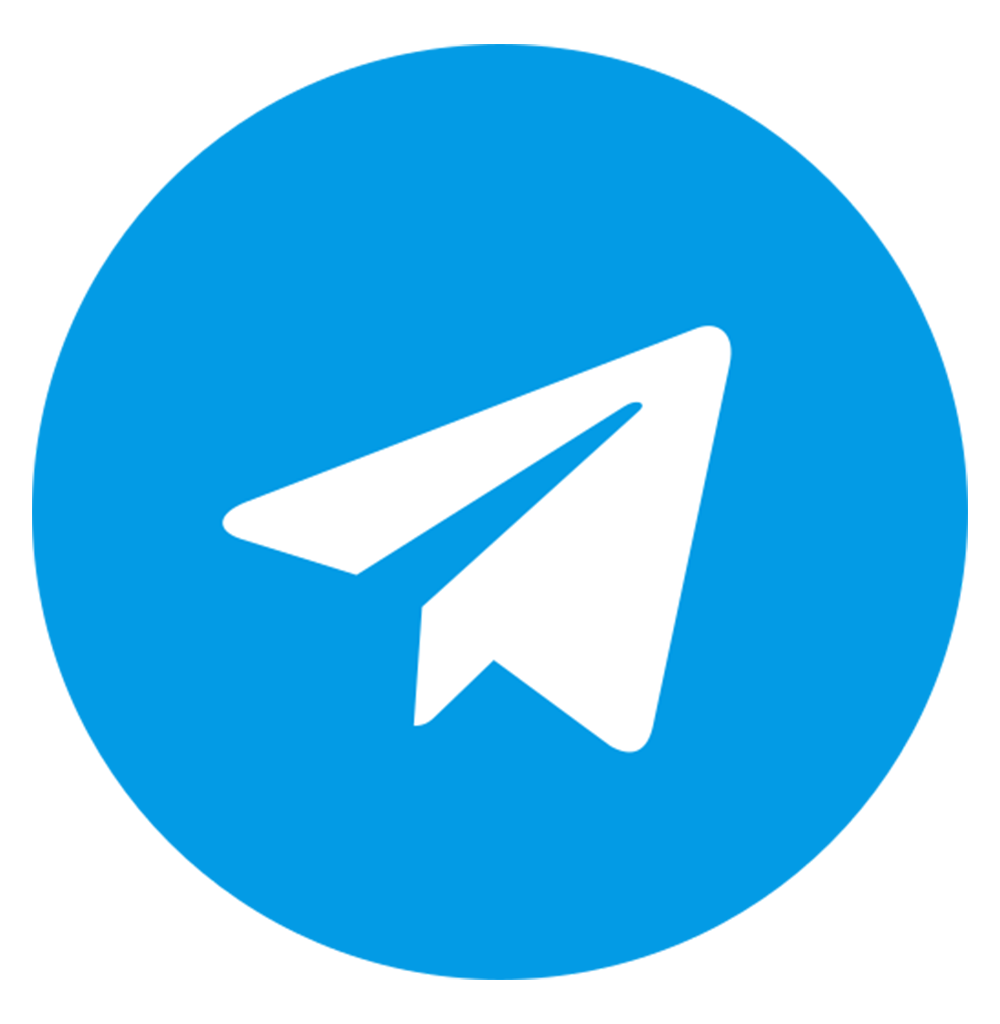Visual inspection is a cornerstone of quality assurance in the packing industry, ensuring that every product adheres to stringent quality standards and safety regulations.
This critical process, often bolstered by sophisticated automated systems, is adept at uncovering a myriad of flaws that could jeopardize the integrity and functionality of both packaging and the products themselves.
In the industry, visual inspection is predominantly categorized into two primary segments: print inspection and product inspection.
Print inspection focuses on scrutinizing the primary and secondary packaging.
This encompasses everything from the clarity and precision of labels to the vibrancy and accuracy of printed graphics.
Any imperfections in print can detract from a product’s appeal and could mislead consumers or fail to comply with regulatory requirements.
Product inspection, on the other hand, zeroes in on the product itself.
This meticulous examination ensures that each item meets the high standards expected by consumers and regulators alike, free from defects that could compromise safety, performance, or customer satisfaction.
Together, these inspection categories form a comprehensive approach to quality control, safeguarding the reputation of brands and the well-being of consumers.

- Print Inspection
- Code Inspection
- Code Type Inspection: This involves verifying the type of codes printed on the packaging, such as barcodes, QR codes, or batch numbers. The inspection ensures the correct type of code is used according to industry standards and client requirements.
- Correctness of Codes: This step checks if the printed codes are accurate and legible. It ensures that the codes match the information in the database, facilitating traceability and inventory management.
- Defects on Printed Codes: Inspectors look for smudges, blurs, or incomplete prints that can render the codes unreadable or incorrect, potentially causing issues in scanning and product tracking.
- Artwork Inspection
- Correctness of Artwork: This involves verifying that the artwork on the packaging is correct and matches the approved designs. It includes checking logos, images, and text for accuracy.
- Color Variation on Artwork: Inspectors ensure that the colors used in the artwork are consistent with the design specifications. Any deviations in color can affect brand identity and product perception.
- Defects on Artwork: This involves looking for flaws such as misprints, smudges, or alignment issues that can degrade the visual quality of the packaging and misrepresent the brand.
- Code Inspection
- Product Inspection
- Product Color: Inspectors check that the product color is consistent and matches the approved sample. Color variations can indicate issues in the production process and affect product aesthetics and consumer acceptance.
- Product Size and Shape: This involves measuring the product to ensure it conforms to the specified dimensions and shape. Any deviations can impact the product’s functionality and compatibility with packaging.
- Defects in Products: Inspectors look for physical defects such as cracks, dents, scratches, or deformities. These flaws can compromise the product’s quality and safety.
- Presence of Foreign Objects: This critical inspection point ensures that no foreign objects, such as dust, debris, or contaminants, are present on or within the product. Such contaminants can pose health risks and compromise product integrity.
- Special Types of Inspections: Special types of inspections may be required depending on the specific nature of the product or packaging. These can include:
- Tamper-Evident Features: Inspecting seals, labels, or other features designed to indicate if the product has been tampered with, ensuring consumer safety and trust.
- Functional Testing: For products with moving parts or mechanisms, visual inspection may include checking their functionality to ensure they work as intended without defects.
- Environmental Resistance: Inspecting packaging and products to ensure they can withstand environmental factors such as humidity, temperature, and light exposure, which is crucial for products that need to be transported or stored in varying conditions.
- Compliance with Regulations: Ensuring that all visual elements of the packaging and product comply with relevant industry regulations and standards, including safety warnings, ingredient lists, and expiration dates.
Jekson’s BPO system stands at the forefront of vision inspection technology, transforming the packing industry by enhancing the accuracy and performance of quality control processes.
This state-of-the-art system addresses key inspection criteria, such as print and product inspection, while offering unique advantages in counterfeit prevention and brand protection.
Please write to us at marketing@jeksonvision.com or WhatsApp us at +919328233954 to know more.







